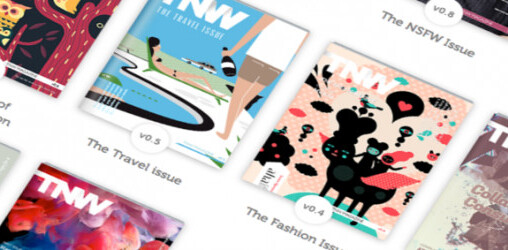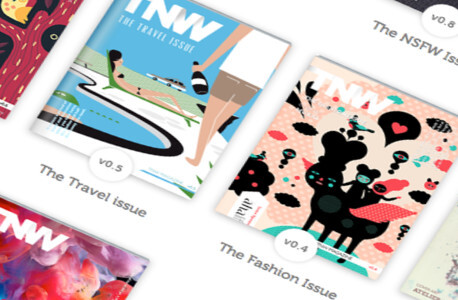
Is Gamification just another term for customer engagement?
Gamification is the use of game thinking and game mechanics in non-game contexts in order to engage users and solve problems. The term has been around since 2002, but the concept really took off in 2010 with the likes of Foursquare and Badgeville.
Gamification should be more than just the handing out of badges. The game industry knows how to offer the perfect combination of satisfaction and frustration to make their gamers continuously come back for more. Game design is a science and successful games are not easily replicated. No wonder business owners love to use exactly those mechanics for their own brands.
And it works. Ever since Nike+ started tracking my running stats, I hate to miss a day of running. Foursquare had everyone hooked on badges and mayorships for a while. There are ample examples of gamification implementations that help you do your chores, lose weight, manage your finances or learn something new. In the meantime you’re visiting the website of your favorite company or you’re buying extra gear to reach your goals.
The criticism is that the term gamification is currently claimed by clever marketeers rather than smart game designers. Implementations don’t differ much from old-fashioned reward- and loyalty programs. Therefore gamification has always been around, it was just called something else.
Is Gamification just another term for customer engagement? Let’s ask the experts.
Tessa Sterkenburg
The Next Speaker
Gabe Zichermann
“Gamification is all about creating engagement using concepts from games, loyalty programs and behavioral economics. As a process that’s radically reshaping interaction, it goes well beyond just customers — in fact, over 50% of the use of gamification currently focuses on employee engagement.
This continuum of engagement is the reason that events like GSummit bring together experts focused on engagement science across disciplines and industries – there’s a huge range of possibilities to make the world better through gamification.
David Nieborg
The term gamification is in many respects not helpful at all. The world of games is littered with deceiving notions such as “serious games” or “social games”. Playing online games is always inherently social and many entertainment games deal with (very) serious themes.
Gamification is also one of those terms that seems to obscure rather than to illuminate.
On the one hand, the general public is as of yet rather unfamiliar with the origin or application of gamification. The dominant connotation of gamification centers on “building games for companies” or ideas to that effect.
Gamification experts, on the other hand, are only adding to the confusion. A broad range of stakeholders – from marketing professionals to journalists and from academics to entrepreneurs – are all frantically trying to (re)define gamification.
For those working in marketing “customer engagement” might be interchangeable with gamification. Yet, for those seeking to apply gamification principles to engage students, citizens or voters might consider using different labels. My suggestions would be: “persuasive design”, “engagement design” or “playful design”.
Alper Çugun
The only way to make games that further companies’ goals is to ask the hard questions and actually engage with your customers. Doing that is a recipe for success — though what that success turns out to be will usually be a pleasant surprise.
Sebastian Deterding
Gamification surely gets marketed as such – because it fits the mental models of clients in marketing departments (“Reward programs? I get that!”), because “engagement” is such a wonderfully vague term, because it allows for mass-selling “turnkey” platforms with minimal customization that reliably deliver an immediate bump in whatever “engagement metric” you chose – until they don’t, see Zynga.
Thus, all too often, gamification and customer engagement at large confuse short-term outcome metrics with underlying causes, which hurts more than helps the long-term welfare of the company. And that sadly wastes the actual potential of game design beyond games – to understand and design for what motivates your customers, like kicking ass.
Jeroen van Mastrigt-Ide
“Gamification is often defined as “the use of game elements in non game environments”. Certain elements that you find in games, such as providing immediate feedback, clear rules, goals, social status, competition etc. might serve as triggers for certain people to engage with your brand, product or service and to be loyal to it. These elements themselves are not per se ‘game elements’. You find them in games, but also outside games. Customer loyalty systems for example, have been using these elements for ages. As do the boy-scouts.
The point I try to make here is that competitions, points, badges and leader boards don’t provide meaningful play by themselves. Adding a leader board or a virtual currency doesn’t turn your web service into an engaging, addictive experience per se. The elements can however be orchestrated in a way they can lead to meaningful play experiences for certain people, and make certain groups of people more loyal.
That is my second point. People have different play styles and preferences. People like Usain Bolt like to run as fast as possible. For them a high score is an awesome gamification of running. They’re in it for the win. Other people are more into social dynamics and tactics. For them soccer is the ultimate gamification of running. For people that are more into sharing and expressing themselves there is ‘Figureruning’.
Too often ‘gamification’ is regarded as adding competitive elements, but there is so much more to play with. Different brands need different play styles…
Get the TNW newsletter
Get the most important tech news in your inbox each week.



